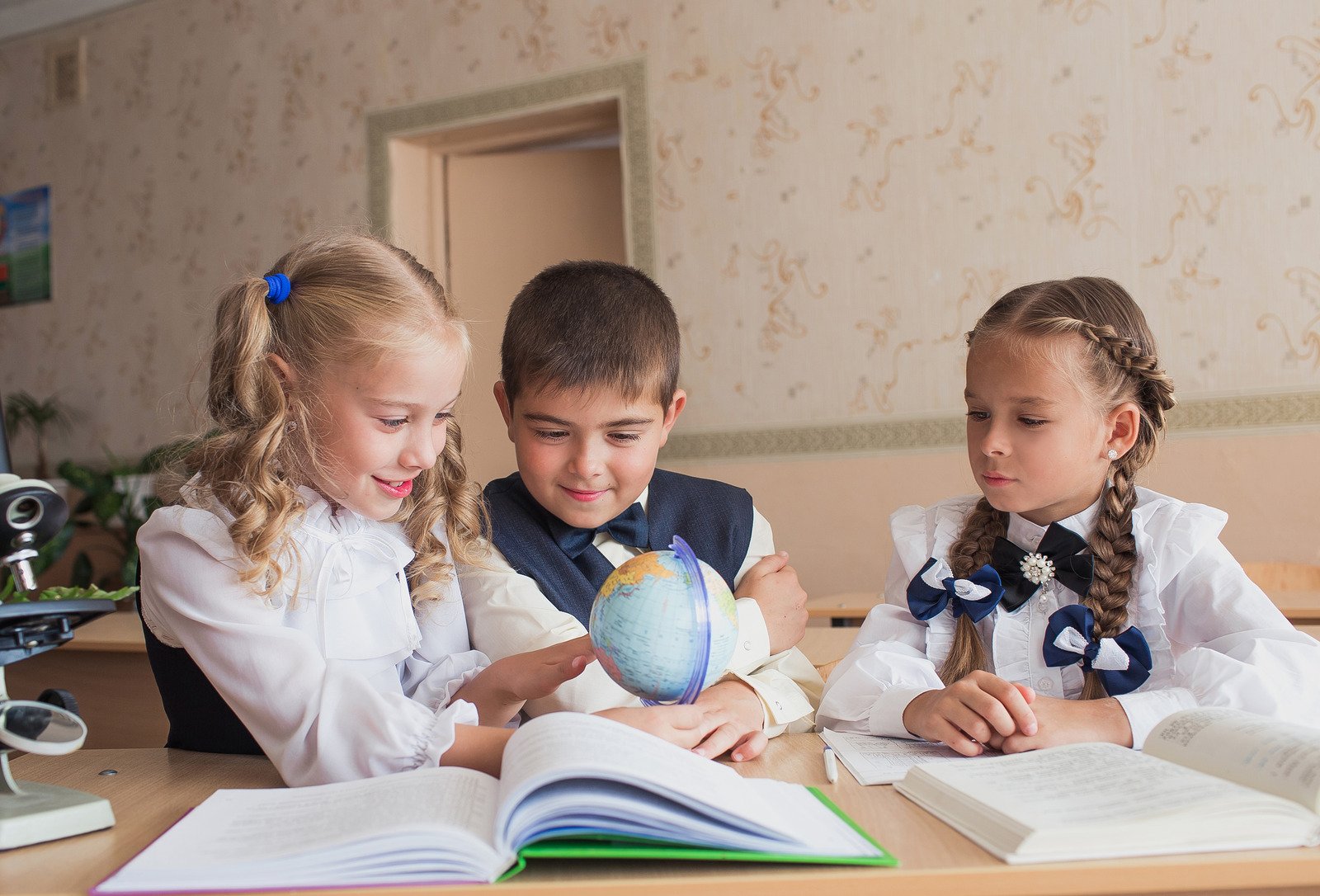Introduction
When it comes to school technology, the sky is the limit. New devices are being released all the time, and schools have to find ways to keep up with the changes. But what are the main effects of school technology on students? In this article, we will explore five major effects of school technology on students. From improved learning techniques to increased productivity in class, read on to learn more about the benefits of school technology.
The Effects of Technology on School
There are a number of ways in which technology has had a significant impact on school. The most obvious way is that Schools have embraced technology to help improve learning. For example, many schools now use laptops for students to take notes in class and to do research. Additionally, many schools have implemented programs such as Google Classroom which allow teachers to create and manage online courses for their students.
Another major way in which technology has impacted school is through the use of social media. In particular, social media has been used by schools as a way to connect with parents and students outside of the classroom setting. For example, many schools now use Snapchat to send messages between classes, or offer student council members the ability to communicate with parents and other students about events or projects going on at school.
Yet another way in which technology has affected school is through the development of new software and apps specifically designed for educators. These tools allow teachers to track student data more effectively, or provide them with tools for managing classroom activities.
Overall, it can be said that technology has had a significant impact on both how students learn and what opportunities they have outside of the classroom setting. While it is impossible to say exactly how each of these impacts would play out in different classrooms, it can be assumed that they would all have some sort of positive effect on student achievement.
How Technology Impacts Education
Technology has become an integral part of school life. From laptops in the classroom to whiteboards that can display large images, schools have been quick to adopt new technology. However, not all technologies are created equal. Some have had a positive impact on students while others have had negative effects.
One of the most pervasive and often praised technologies is laptops in the classroom. Laptops allow teachers to present information in a more engaging way and help students become better writers and thinkers by giving them access to resources outside of the classroom. In addition, research has shown that using laptops in the classroom can improve student grades and homework habits (Ryan et al., 2016).
However, not all laptop use is positive. When laptops are used excessively or for non-school purposes, they can have a negative impact on students’ grades and behavior (Flynn, 2012; Grauman & Foley, 2006). For example, using laptops for gaming instead of studying can lead to decreased grades and increased absences from school (Grauman & Foley, 2006; Flynn, 2012). More serious problems can also arise when children are given access to pornography or other inappropriate content on their laptops (Flynn, 2012; Ryan et al., 2016).
In recent years there has been renewed attention given to whiteboards as a tool for teaching. Whiteboards provide teachers with an easy way to illustrate concepts and problemsolving techniques (Bozeman et al., 2010). They also allow teachers to quickly create diagrams and graphics
Conclusion
As schools continue to embrace technology, there are a number of effects that students can experience. In this article, we will discuss the main effects on students and how you can best incorporate technology into your classroom. By understanding the effects that technology has on students, you can better tailor your teaching methods to meet their needs.








